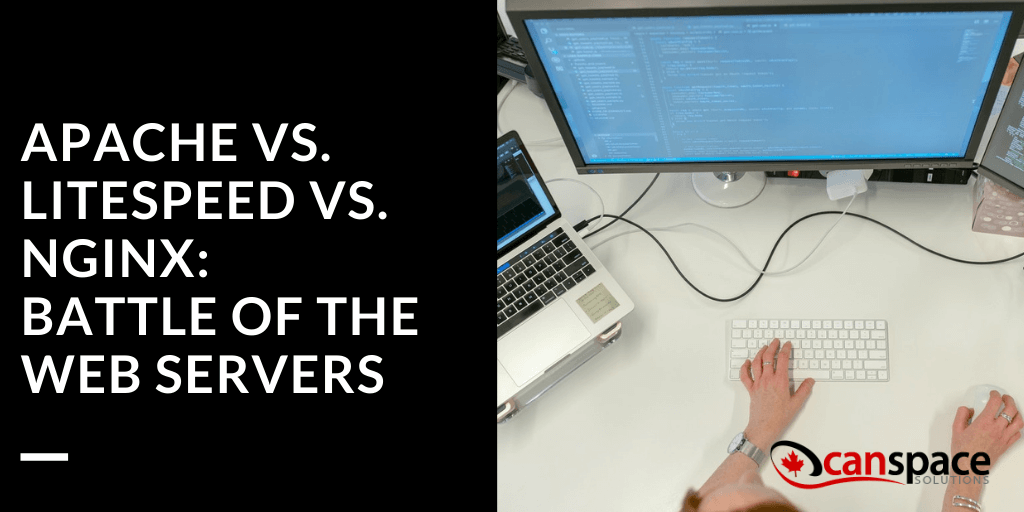When it comes to web servers, there’s always bound to be much discussion about performance between the different options out there.
What’s a web server? It’s essentially the software that makes the server work, which is to say, the software that serves up the files to the user. When a visitor’s browser makes a request for a particular page, it’s the web server’s job to understand and fulfill that request. Because there can be many of these requests to handle simultaneously, even multiple ones per second, performance speed is one of the most important parameters for web servers.
The Original: Apache
Apache is very much the time-proven contender. Initially released in 1995, it was the first massively adopted web server. Apache typically runs on Linux, but current versions can run on MS Windows and Unix-like systems. In addition to its core functionality, Apache has a ton of different features in the form of compiled modules to customize performance. Its huge online open-source community is usually all the help beginners need to get started with this web server language.

The Challenger: Nginx
Ngynx was released 9 years after Apache, in 2004, and was created specifically to outperform Apache and give users an alternative. Notably, it utilizes less memory and can process about 4 times as many requests per second. This improvement comes at the price of flexibility — whereas Apache provides users with the opportunity to override system settings for particular files using the .htaccess file, Ngynx offers no such option.
Simply put, if speed is all you’re interested in, Nginx may be the best solution for you, but if you’d like to retain some flexibility as far as how your processing power is distributed, you’re better off going with Apache. Nginx is generally considered to be less stable on Windows Server than it is on Linux, while Apache has equal support for both.
Both Apache and Nginx are incredibly popular. As of April 2020, Netcraft estimated that Apache served 29.12% of the million busiest websites, while Nginx served 25.54%. According to W3Techs, Apache served 39.5% of the top 10 million sites and Nginx served 31.7%.
The Dark Horse: Litespeed
Litespeed was created in 2002, two years before Nginx, but has not gained popularity at the same rate. Unlike Apache and Nginx, Litespeed is a commercial product, and while a basic free version is available, to access most features users will have to pay a monthly fee that varies based on what features are needed.
The main selling point of Litespeed is blazing speed. It claims to be roughly twice as fast as Apache, meaning that a server can fulfill twice the requests under the same amount of load as an Apache server. This also makes it more resilient to DDOS attacks, because it’s more difficult to overwhelm the server.
Because it’s designed to read Apache files, Litespeed also offers an easy transition for servers currently utilizing Apache, as it can be dropped in and function basically out of the box.
For high-performance websites interested in HTTP/3, LiteSpeed Web Server is the only available production-grade web server with a reliable HTTP/3 implementation.
At CanSpace Hosting Solutions, Apache is included standard with all our VPS and Dedicated Servers, but we can install LiteSpeed or Nginx at a clients request. For most websites, Apache offers a great, user-friendly implementation and perfectly adequate performance. Of course from a speed perspective, there are many other factors beyond just the web server to take into consideration, and CanSpace manages all these variables across all our servers.
Have a question about which web server may be the right one for you? Contact us and we’ll try to help!











